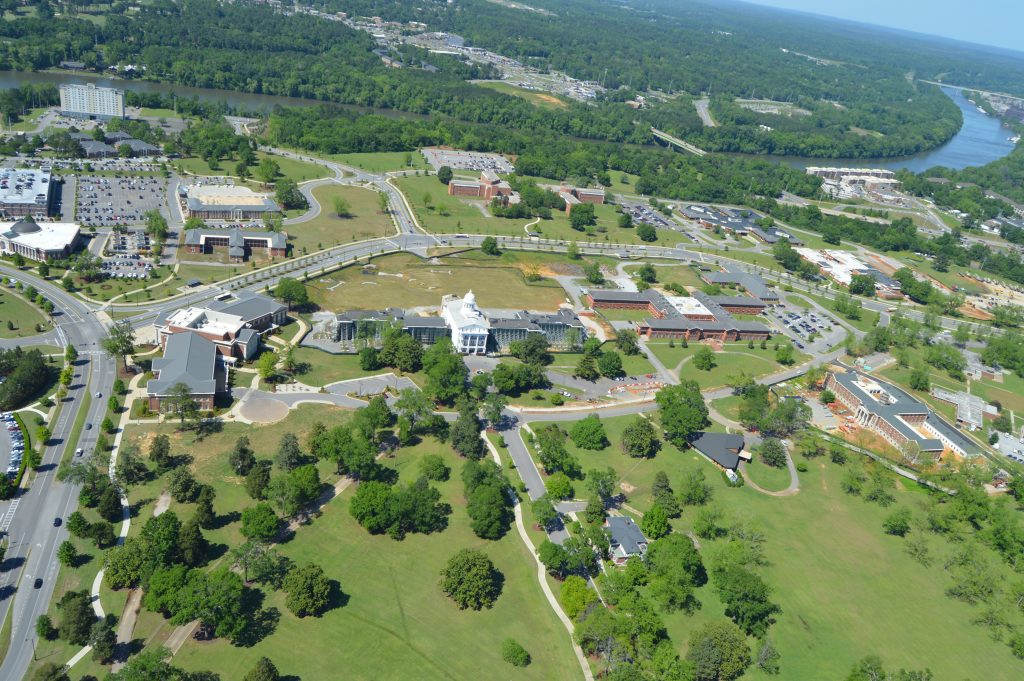PLAN ELEMENTS
The following sections describe the strategies that will guide investment in the campus over the next several years. The intent is to support implementation of the 2016 Strategic Plan goals—to accommodate continued growth in enrollment while assuring a high quality environment for students, faculty, staff and visitors. These strategies are organized according to the various elements, or systems, which constitute the physical campus—its buildings, open spaces and infrastructure.
For the campus to function properly, changes within each system must be considered with respect to all other systems. The goal is to achieve equilibrium throughout. Increased enrollment, for example, will tend to require more academic space, housing and parking. These demands must be met with a finite amount of land and buildings. Through this master plan update, the University sets out how it will resolve such issues and achieve a desirable balance as it strives to achieve its strategic goals.
Open Space System Types
- Quads
- Lawns
- Plazas
- Courtyards
- Recreational and athletic fields
- Streetscapes
- Pedestrian and multi-use paths
- Greenways and trails
- Preserves
Functional Organization
The proper arrangement of campus functions—academics, housing, athletics, recreation and support—in relation to one another is critical to effective University operations, to how people move about the campus and to the overall quality of campus life.

As shown in this functional diagram of campus, the various functions of the University revolve around its academic core. Over time the core of the campus has expanded northward from the early buildings constructed around the Quad and, with the addition of the Bryce Hospital property in 2010, the core has and will continue to extend to the northeast.